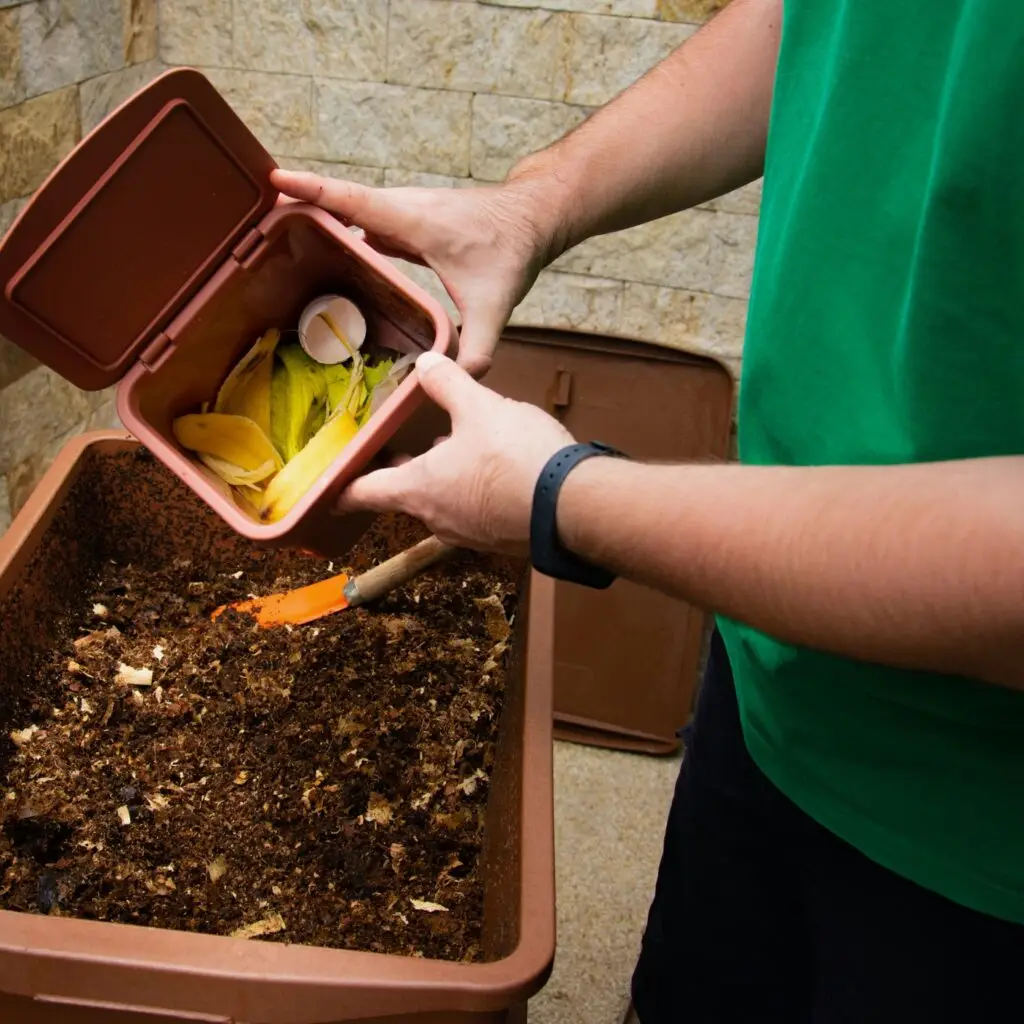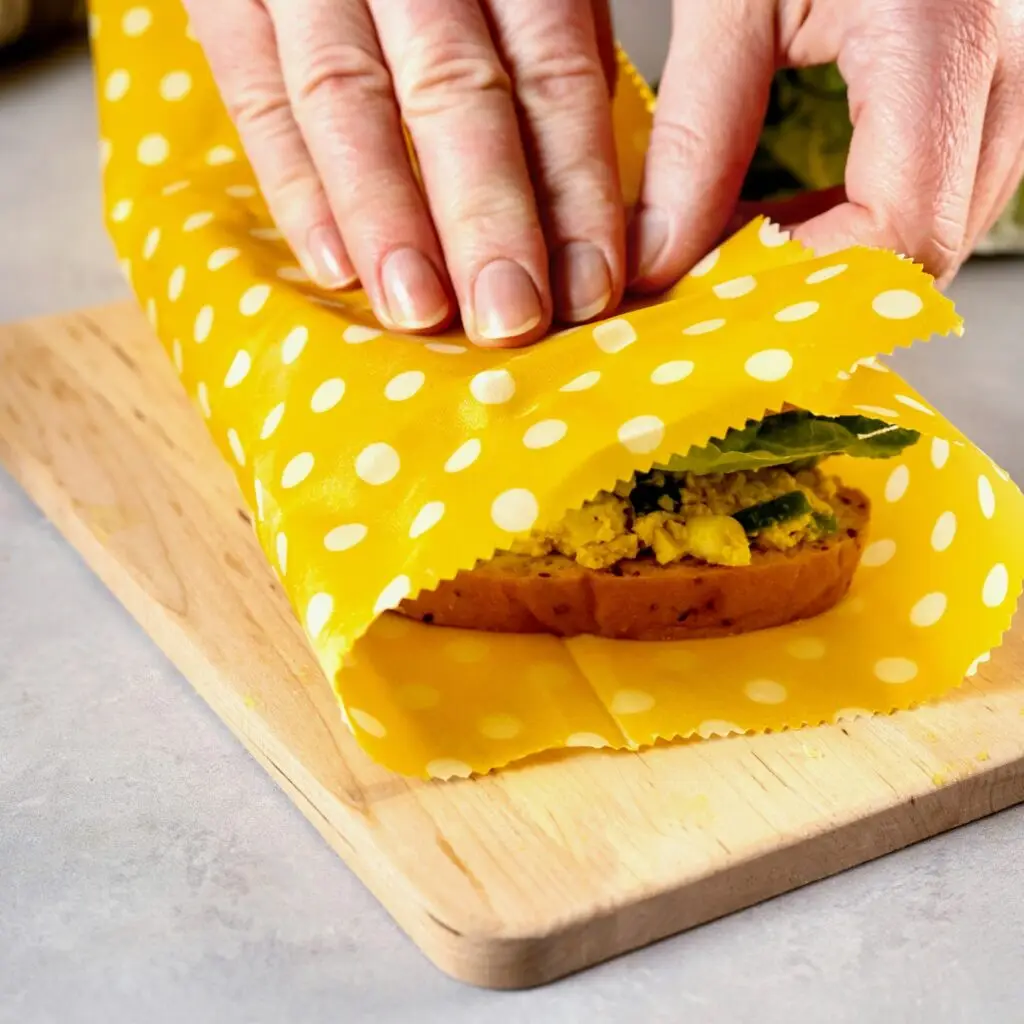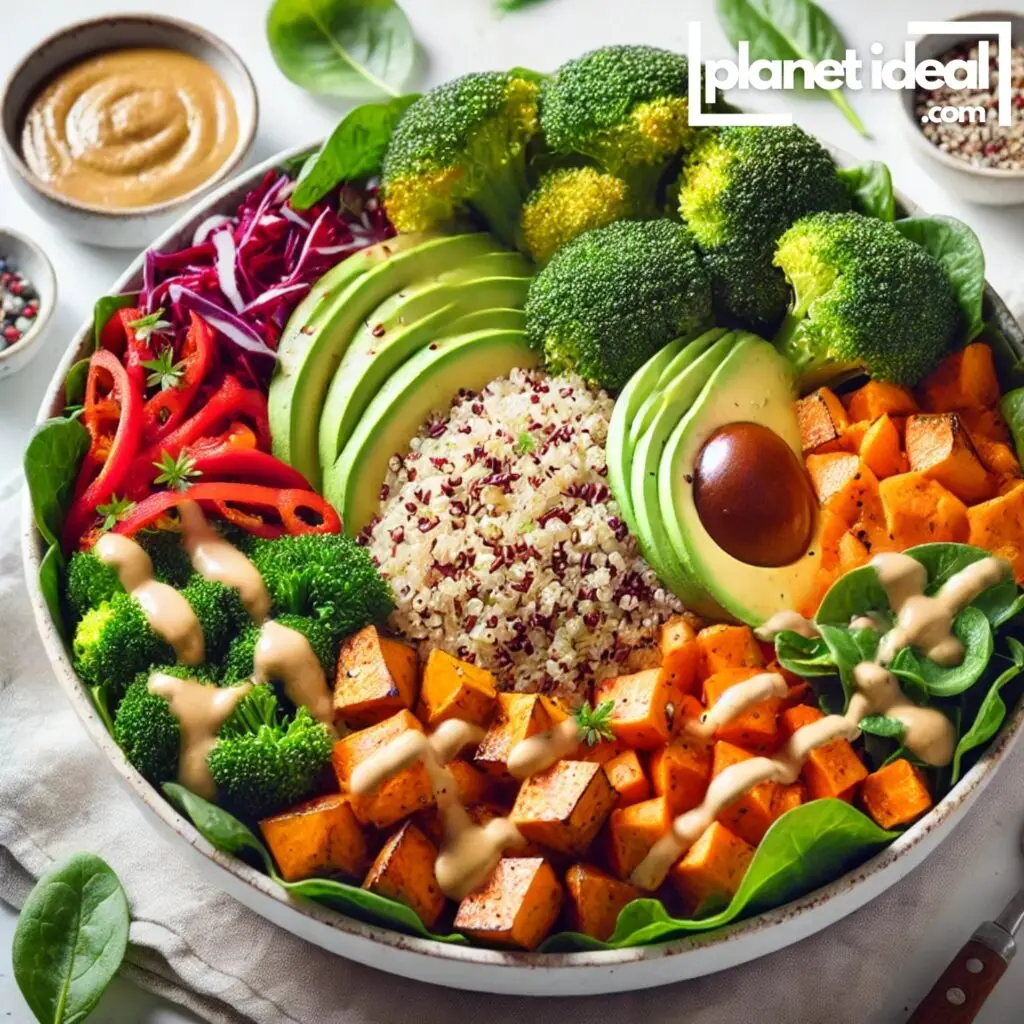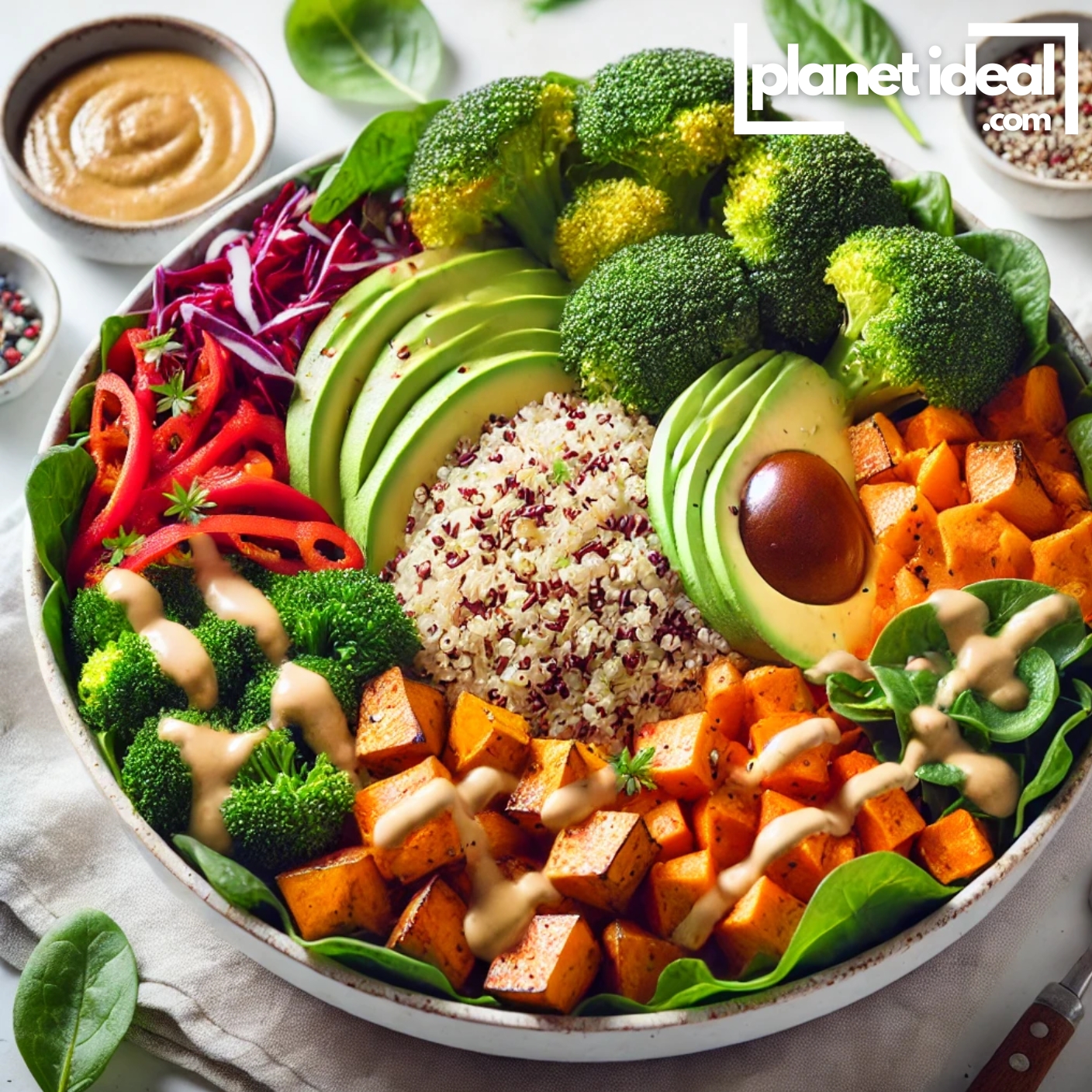Cooking isn’t just about making meals—it’s an opportunity to make a positive impact on the planet. With a few thoughtful changes, your time in the kitchen can become a celebration of sustainability. Adopting eco-friendly cooking habits is easier than you think and benefits not only the environment but also your wallet and well-being.
In this post, we’ll dive into seven eco-friendly cooking habits that will transform how you eat. These tips will help you reduce waste, save energy, and make your meals more sustainable—all without sacrificing flavor or fun.
Table of Contents
Toggle1. Embrace Seasonal and Local Ingredients
Cooking with seasonal and local ingredients is one of the simplest ways to make your meals more sustainable. Seasonal produce requires fewer resources to grow, while locally sourced items reduce the carbon footprint associated with transportation.
Why It Matters
- Lower Emissions: Fewer miles traveled means reduced greenhouse gas emissions.
- Fresher Taste: Seasonal produce is harvested at its peak, offering better flavor and nutrition.
- Supports Local Farmers: Strengthens your local economy and encourages sustainable farming practices.
Pro Tip: Visit your local farmers’ market for inspiration and try incorporating new seasonal ingredients into your meals.

2. Reduce Food Waste
Did you know that about one-third of all food produced globally is wasted? Minimizing food waste is a powerful way to reduce your environmental impact while saving money.
How to Reduce Food Waste:
| Action | Why It Helps |
|---|---|
| Plan your meals | Prevents overbuying and ensures you use what you have. |
| Save leftovers | Reduces waste and gives you a head start on your next meal. |
| Compost scraps | Turns organic waste into nutrient-rich compost for your garden. |
External Link: Learn more about reducing food waste at Love Food Hate Waste.

3. Cook Energy-Efficiently
The way you cook your meals can significantly impact your energy use. By adopting energy-efficient techniques, you’ll reduce your kitchen’s carbon footprint without compromising on delicious meals.
Energy-Saving Cooking Tips:
- Use a Lid: Cover pots and pans to cook faster and save energy.
- Batch Cooking: Cook large portions and store extras for later, reducing energy use over time.
- Microwave and Pressure Cooker: These appliances use less energy compared to ovens and stovetops.
Pro Tip: If you’re reheating food, consider using a toaster oven or microwave instead of your full-size oven.
4. Ditch Single-Use Plastics in the Kitchen
From plastic wrap to disposable utensils, single-use plastics are a major contributor to environmental pollution. Swapping these out for reusable alternatives is an easy win for sustainability.
Eco-Friendly Alternatives:
| Traditional Item | Sustainable Swap |
|---|---|
| Plastic wrap | Beeswax wraps or silicone food covers. |
| Ziplock bags | Reusable silicone bags like Stasher. |
| Plastic utensils | Stainless steel or bamboo utensils. |
Bonus Tip: Invest in glass or stainless steel storage containers for leftovers—they’re durable and chemical-free.

5. Get Creative with Scraps
Don’t toss those carrot tops or broccoli stems—they’re culinary treasures waiting to be transformed! Repurposing food scraps reduces waste and lets you get creative in the kitchen.
Ways to Use Food Scraps:
- Veggie Stock: Save scraps like onion skins, celery ends, and herb stems to make homemade stock.
- Broccoli Stem Slaw: Grate broccoli stems for a crunchy, nutrient-packed slaw.
- Carrot Top Pesto: Blend carrot tops with olive oil, garlic, and nuts for a delicious pesto.
Pro Tip: Keep a container in your freezer to store scraps until you’re ready to use them.
6. Opt for Plant-Based Meals
Incorporating more plant-based meals into your diet is one of the most effective ways to reduce your carbon footprint. Plant-based foods require fewer resources to produce and are often healthier for you.
Easy Plant-Based Swaps:
| Traditional Ingredient | Plant-Based Alternative |
|---|---|
| Ground beef | Lentils, black beans, or plant-based meat. |
| Dairy milk | Oat, almond, or soy milk. |
| Butter | Coconut oil or plant-based butter. |
Start with one plant-based meal a week, like Meatless Monday, and build from there.

7. Choose Sustainable Cookware
Your kitchen tools play a big role in your sustainability journey. Choosing high-quality, eco-friendly cookware ensures you’re cooking with materials that are safe for both you and the environment.
What to Look For:
- Materials: Opt for stainless steel, cast iron, or ceramic instead of non-stick coatings that can release harmful chemicals.
- Durability: Invest in cookware designed to last for years.
- Ethical Brands: Look for companies with sustainable production practices, like GreenPan or Caraway.
Checklist: Eco-Friendly Cooking Habits
| Habit | Action |
|---|---|
| Use seasonal and local produce | Shop at farmers’ markets or grow your own. |
| Reduce food waste | Save leftovers and compost scraps. |
| Cook efficiently | Use lids, batch cook, and opt for energy-saving appliances. |
| Ditch single-use plastics | Switch to reusable alternatives. |
| Repurpose scraps | Make stock, slaw, or pesto from leftovers. |
| Try plant-based meals | Experiment with veggie-forward recipes. |
| Choose sustainable cookware | Invest in durable, eco-friendly kitchen tools. |
At Planet Ideal, we’re on a mission to make sustainable living accessible for everyone. Our team of eco-enthusiasts writes short, snappy, and easy-to-digest articles designed to inspire real change without overwhelming. From practical tips to innovative ideas, we’re here to prove that living green can be stylish, convenient, and enjoyable. Join us as we empower individuals, families, and communities to embrace eco-friendly lifestyles—one step, one story, and one solution at a time.






